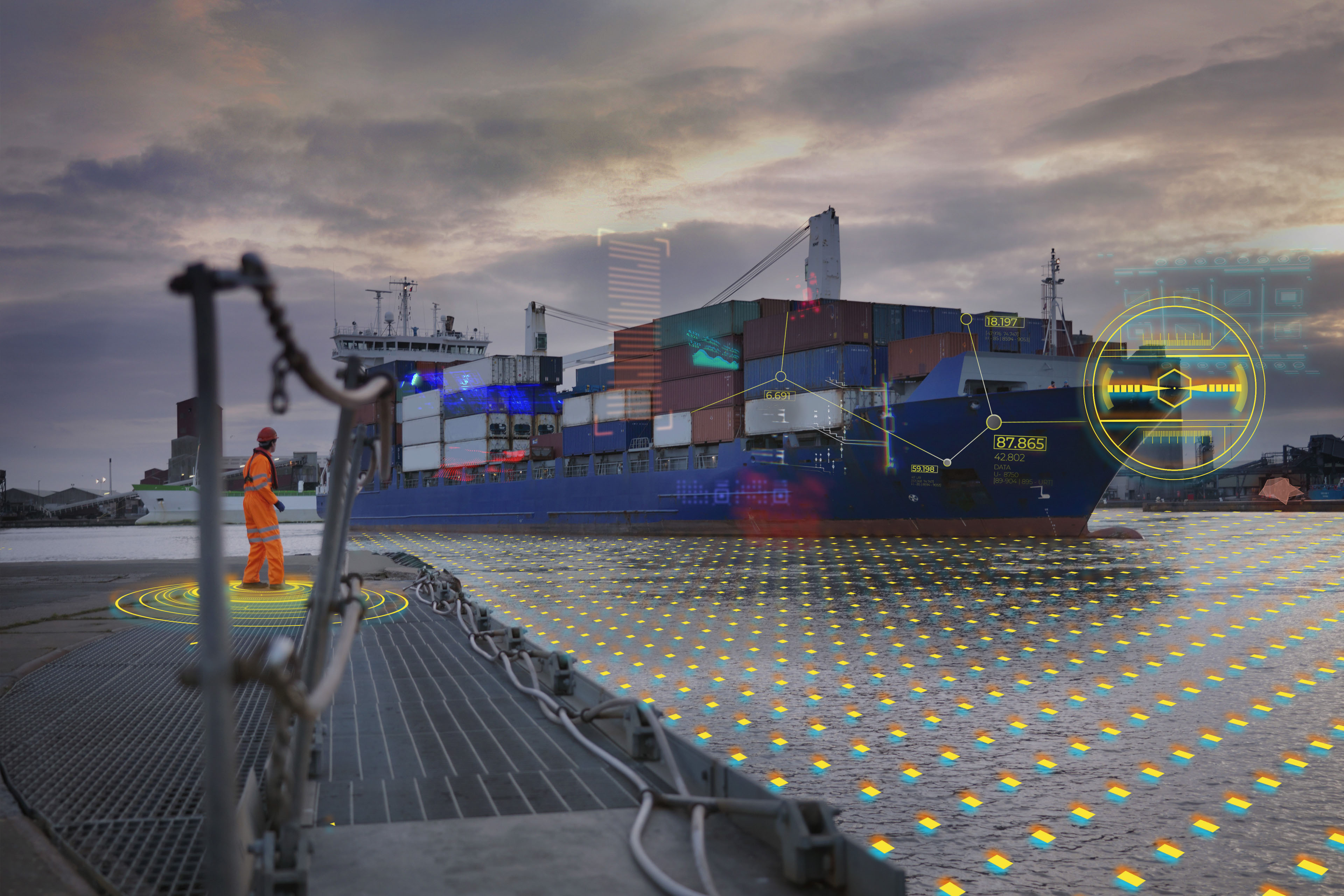EY refers to the global organization, and may refer to one or more, of the member firms of Ernst & Young Global Limited, each of which is a separate legal entity. Ernst & Young Global Limited, a UK company limited by guarantee, does not provide services to clients.
How EY can help
-
Our indirect tax and global trade team can help your business strategically meet its tax obligations and resolve tax controversy. Find out more.
Read more
Case study and key takeaways
To highlight the results of the comparative analysis of the cost of doing business across the various locations, the annual cost of doing business is estimated for a temperature-controlled warehouse with fifty-five workers operating a 3,000 m2 warehouse.
The analysis finds that Bahrain Logistics Zone (BLZ) is the most competitive location for the case study company to establish its business. Establishing operations in BLZ can result in savings of 20% when compared with the average. BLZ is followed by Sohar Port and Freezone (SOHAR) and King Abdullah Economic City (KAEC), where the cost of doing business is also competitive. The following factors differentiated these three zones. In BLZ, the total low cost of doing business is a result of the low wage environment. In the case of SOHAR, low wages along with low cost of rent resulted in an overall low cost. In KAEC, very low rental rates resulted in an overall low cost of doing business. The total cost of doing business is notably high in zones located in Dubai. DAFZ is the least competitive location; at US$2.49m, the cost of doing business is 69% higher than BLZ.















